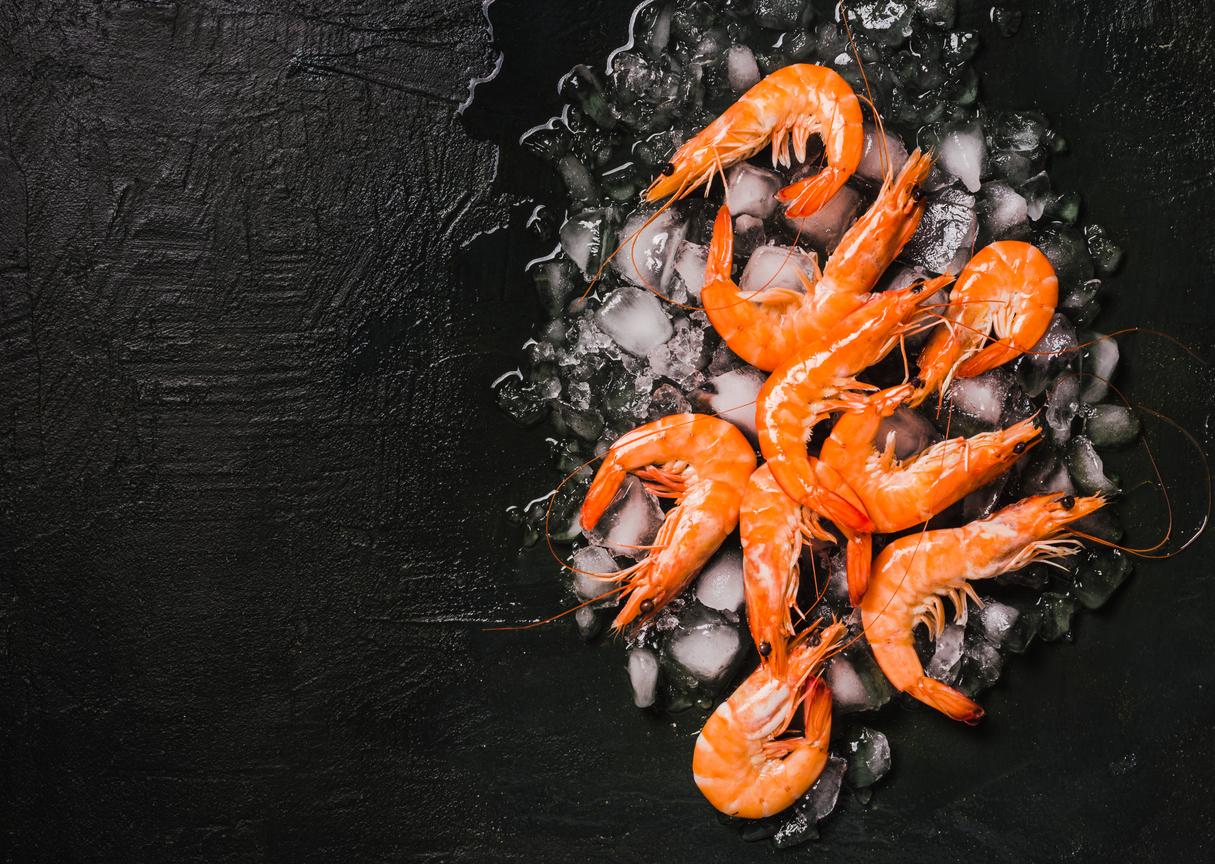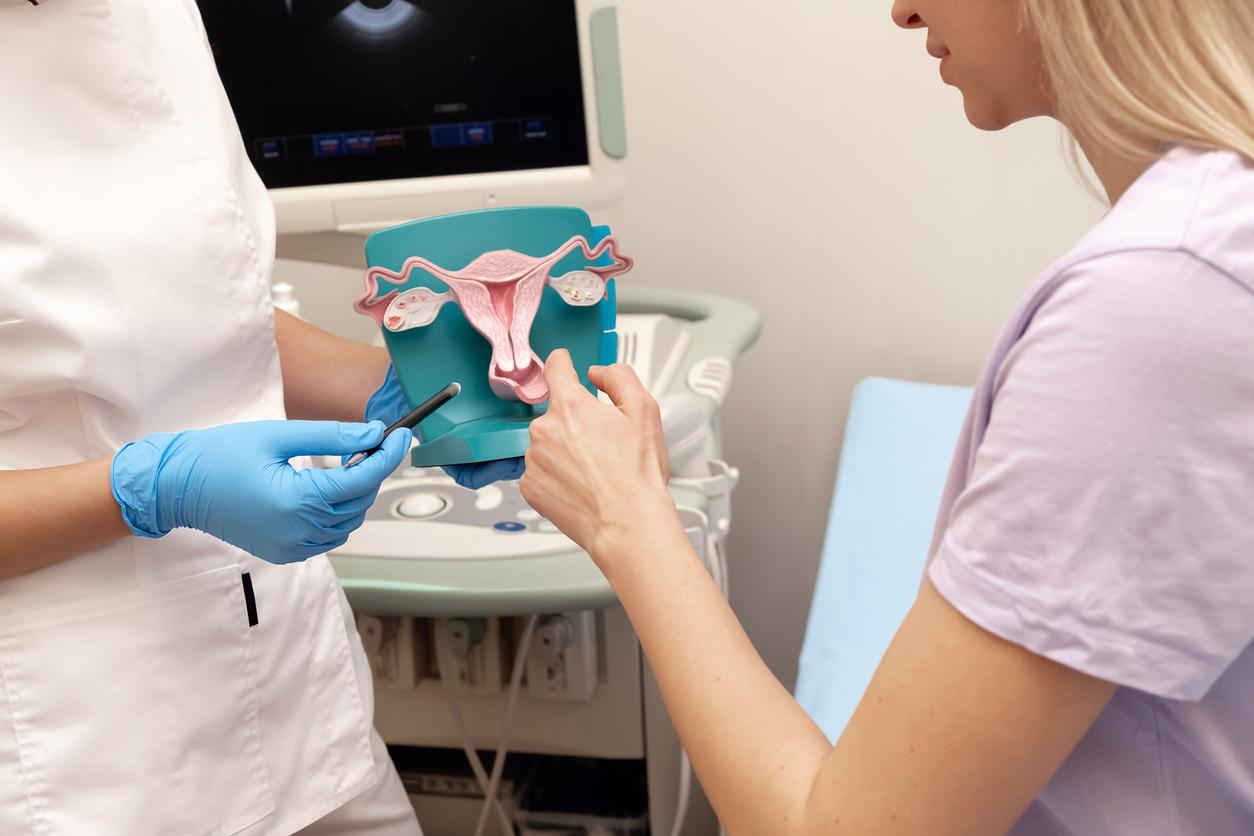7 Florida fish have no father. It is not a biblical myth but a scientific reality. The first case of parthenogenesis has been observed in wildlife.

In the name of the father, the son… and the sawfish. American researchers have made a surprising discovery in southwest Florida, to say the least. A population of tident sawfish (Pristis pectinata), threatened with extinction, has found a way to save itself: parthenogenesis. Unfertilized eggs gave birth to perfectly healthy young fish, say researchers in Current Biology.
In the estuaries of southwest Florida lives a small population of endangered rays. “We used to do a routine DNA fingerprint on sawfish found in this area to see if relatives often mated with each other due to the small population size,” recalls Andrew Fields, lead author of. study. The results showed us something much more surprising: Female sawfish sometimes reproduce without even mating. Of the 190 individuals identified, 7 had DNA indicating that they had only one parent. All were female, and 5 were “sisters.” “
“Not a reproductive dead end”
This reproduction without a male is called parthenogenesis. During this process, an unfertilized egg becomes an embryo. According to the researchers, the phenomenon is possible when the egg absorbs an identical sister cell. “Occasional parthenogenesis is perhaps much more common than previously thought in wild vertebrate animals,” said Dr. Kevin Feldheim, co-author of the study. According to this researcher, it could be nature’s response to the threat of extinction. In the case of tident sawfish, the current population is 5% of that recorded a century ago.
Precedents in the animal kingdom
In invertebrates, parthenogenesis is relatively common. Vertebrate animals, on the other hand, are less likely to achieve this. The few cases observed are also oviparous. Before the exceptional case of the sawfish, these births always occurred in captivity. Since the 19th century, parthenogenesis has occurred intermittently in poultry farms (hens, turkeys). The same phenomenon has been reported in a female hammerhead shark in 2007 and the Komodo monitor in 2005. There is only one constant between these animals: these animals usually need sexual reproduction.
But the good news is the state of health of the 7 fish resulting from parthenogenesis. People of this type often have deformities or die early. “We felt that parthenogenesis in vertebrates was a curiosity that did not lead to viable offspring. The seven parthenogens we found are perfectly healthy and of normal size for their age, says Dr. Gregg Poulakis of the Florida Fish and Wildlife Conservation Commission. This suggests that parthenogenesis is not a reproductive dead end, assuming these individuals will reach adulthood and reproduce. “
The authors of this discovery are now pushing their colleagues now to analyze the DNA of all the animal populations listed. Parthenogenesis could be hidden in other species. “It could completely rewrite biology books,” concludes Dr Kevin Feldheim.
.















